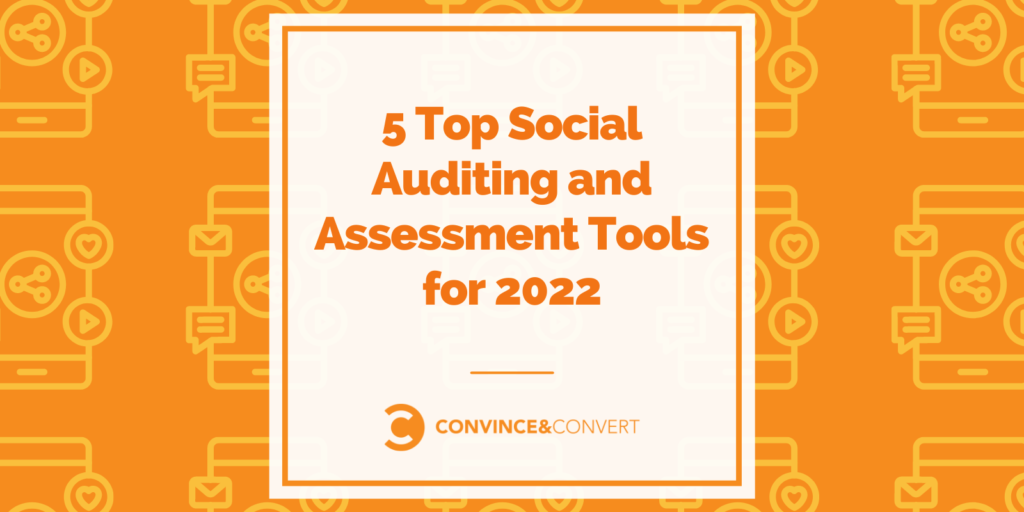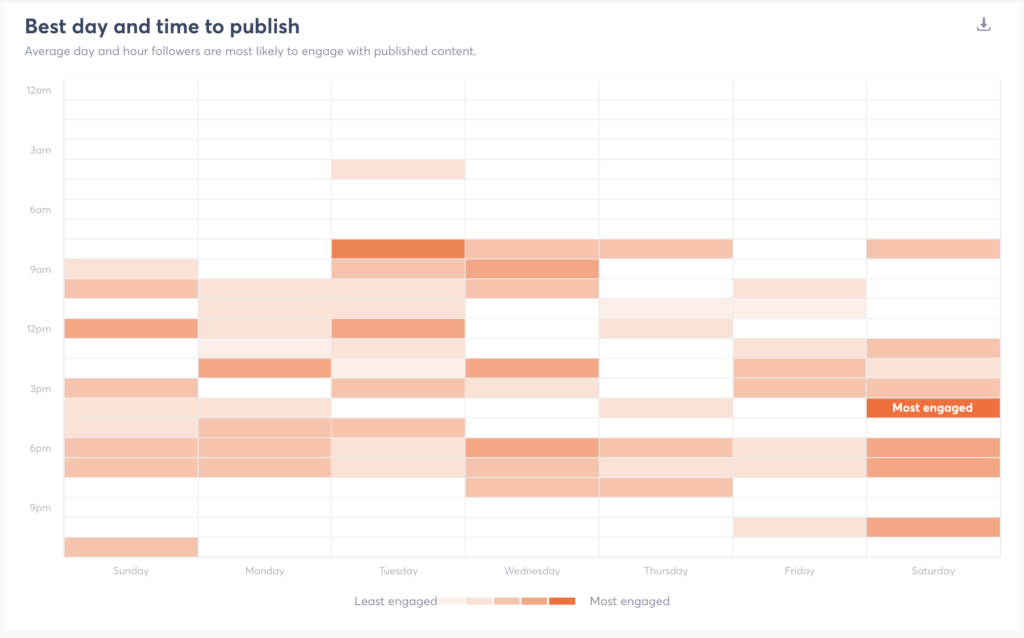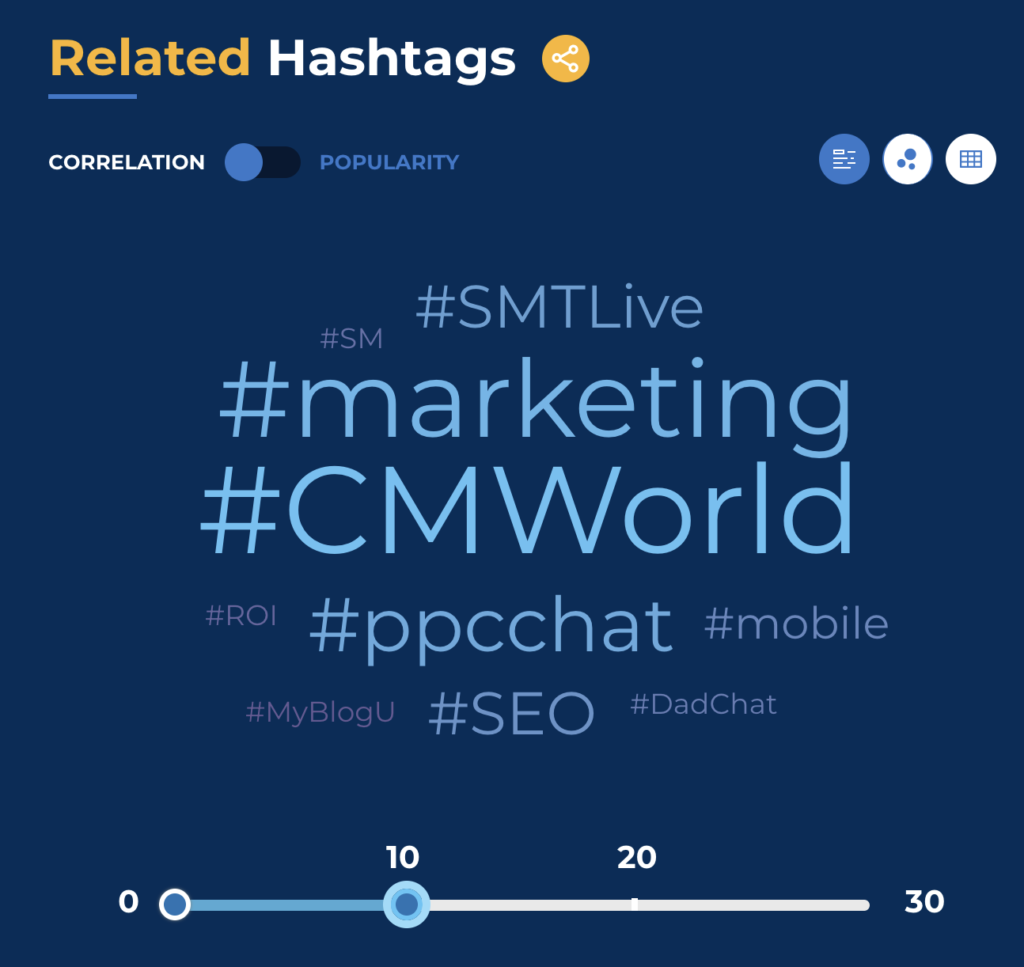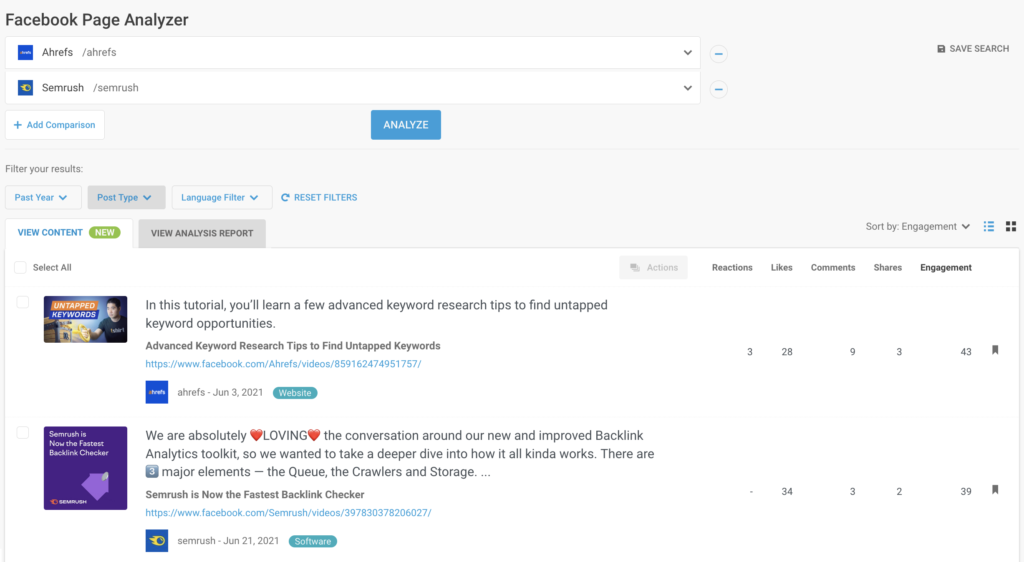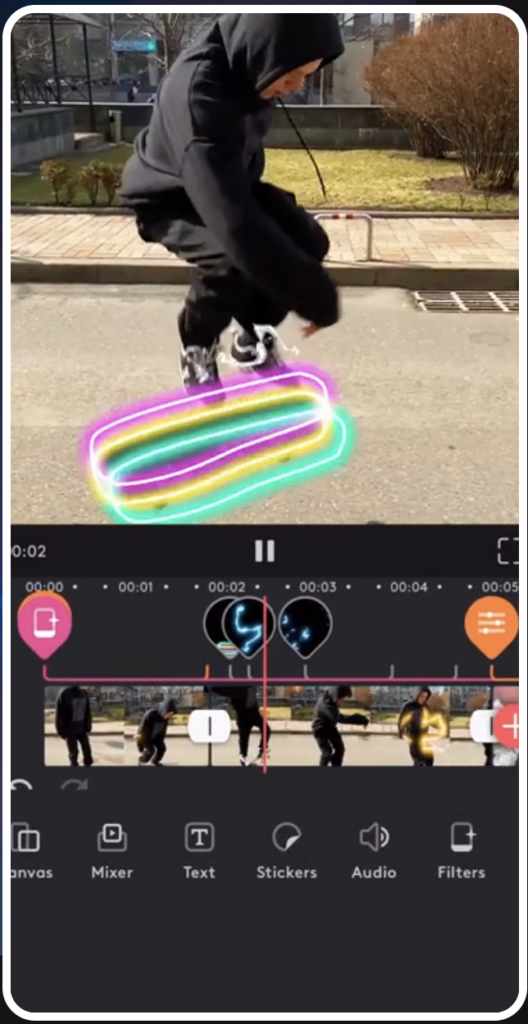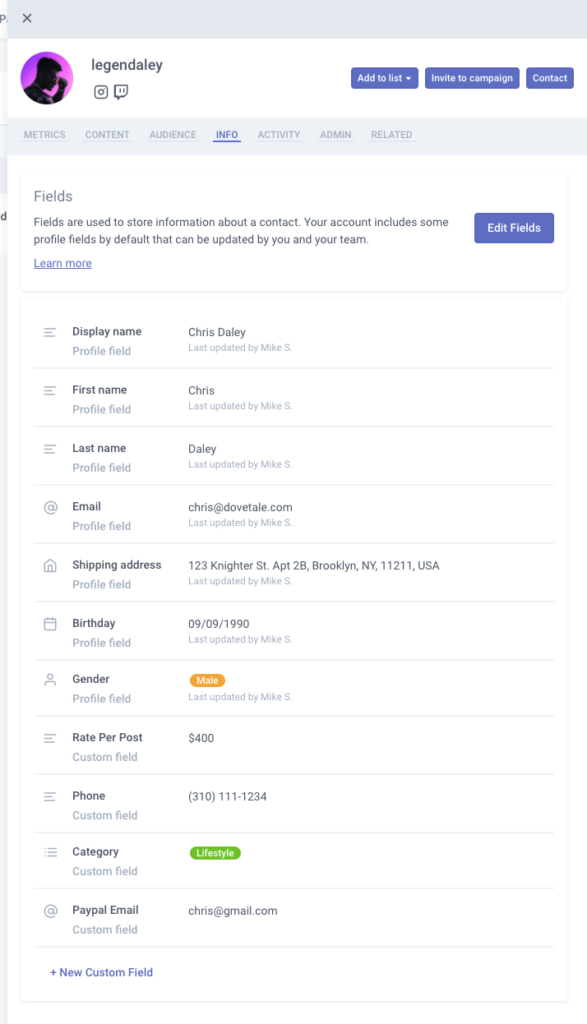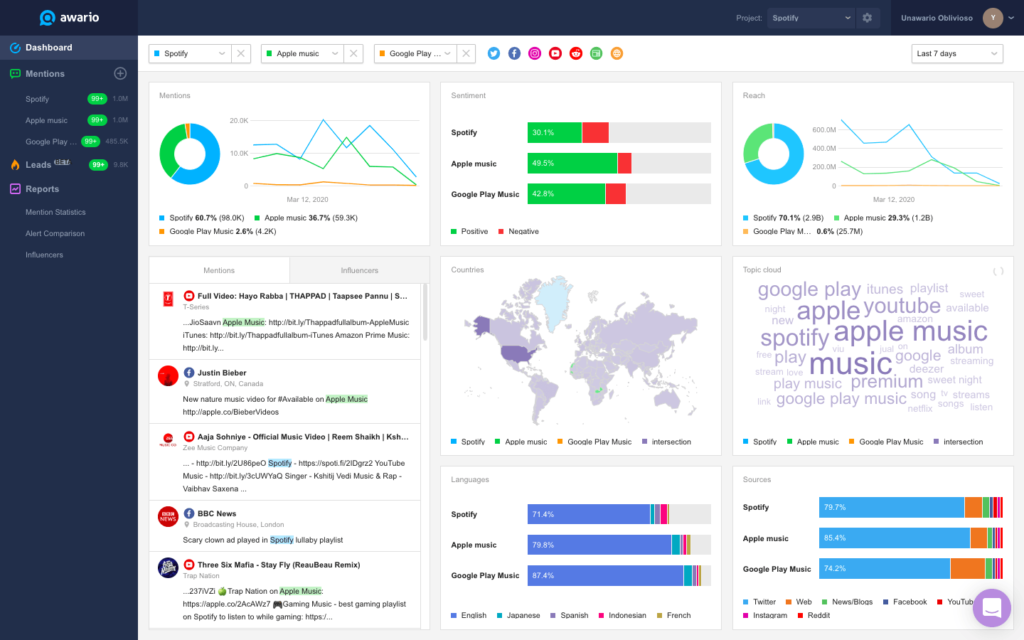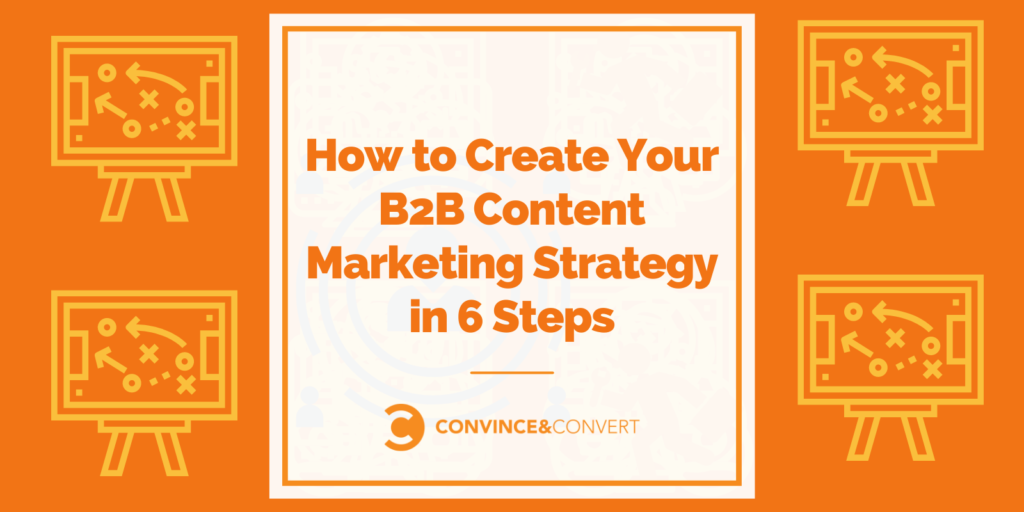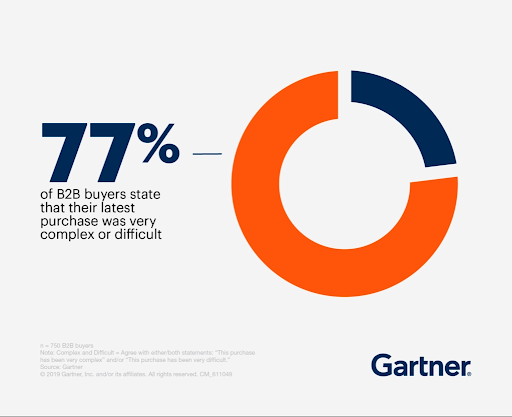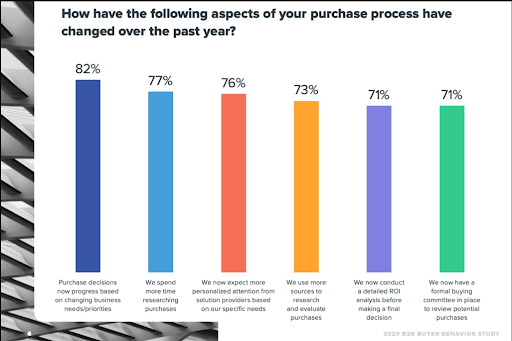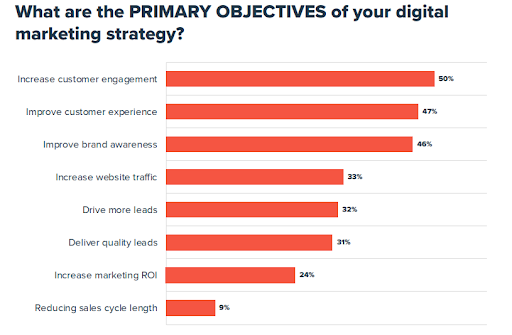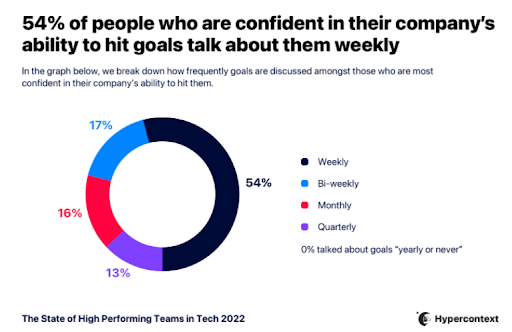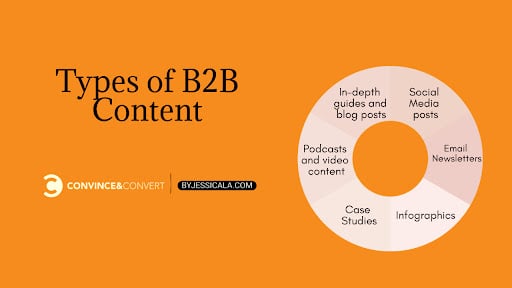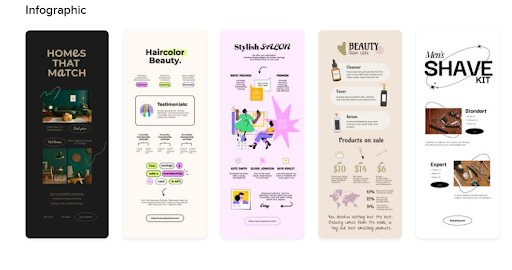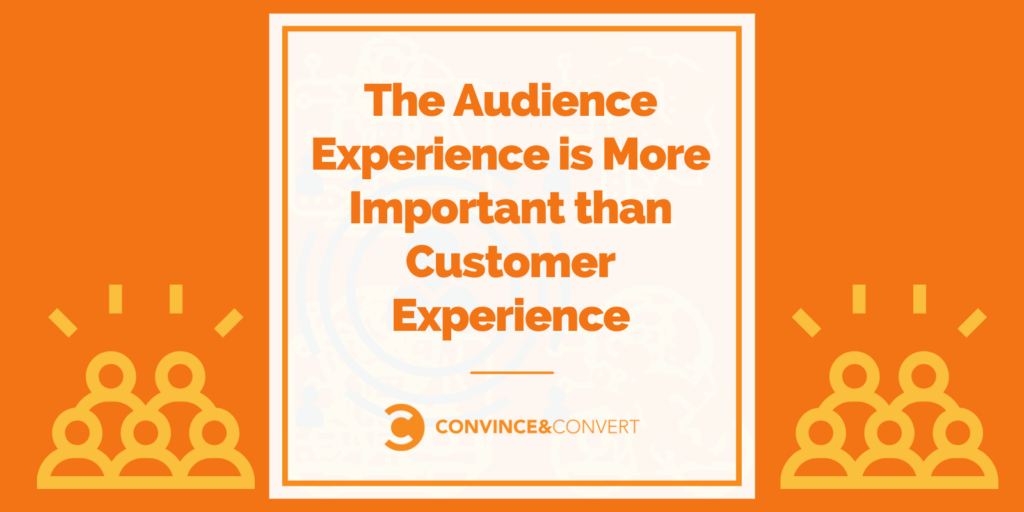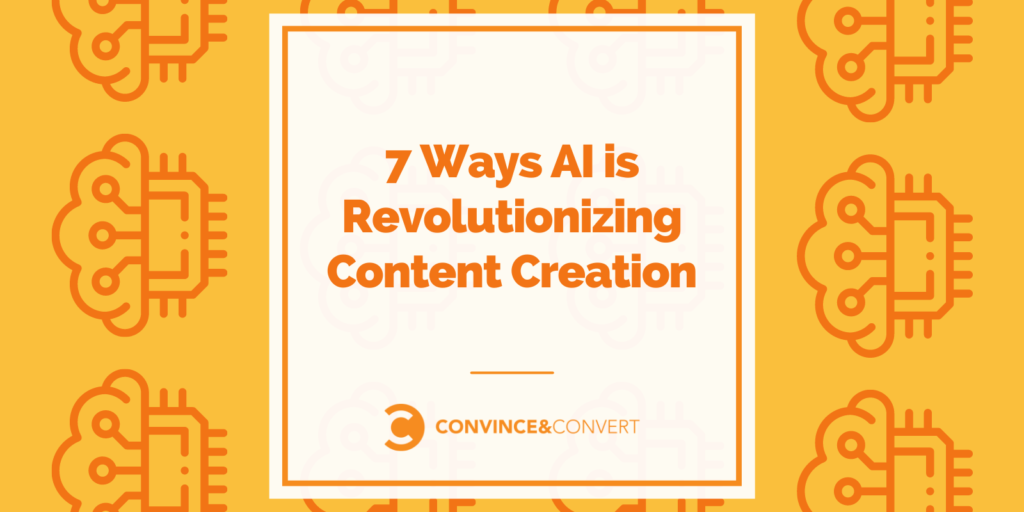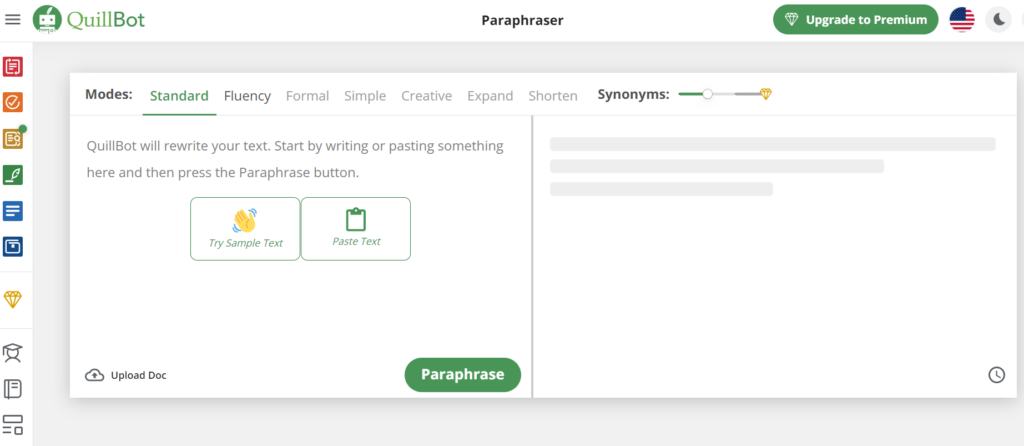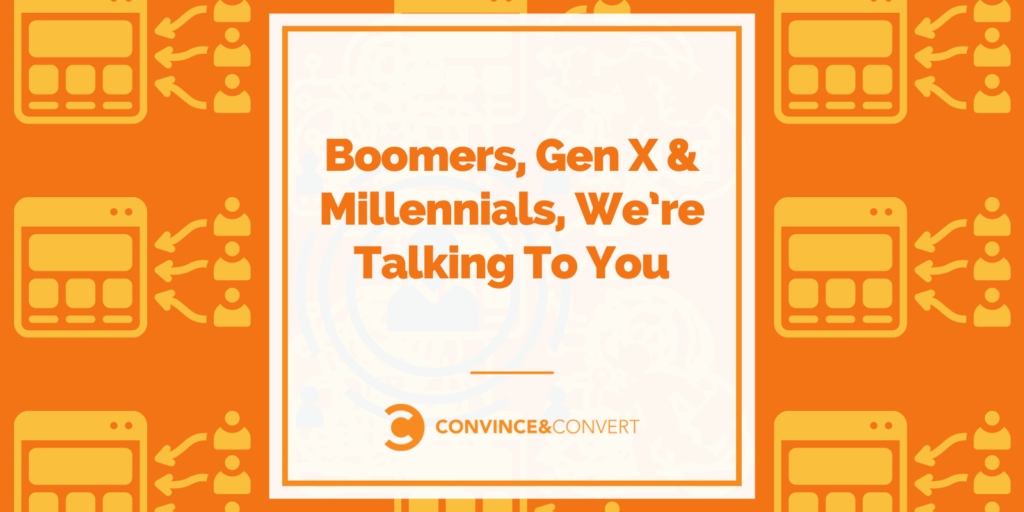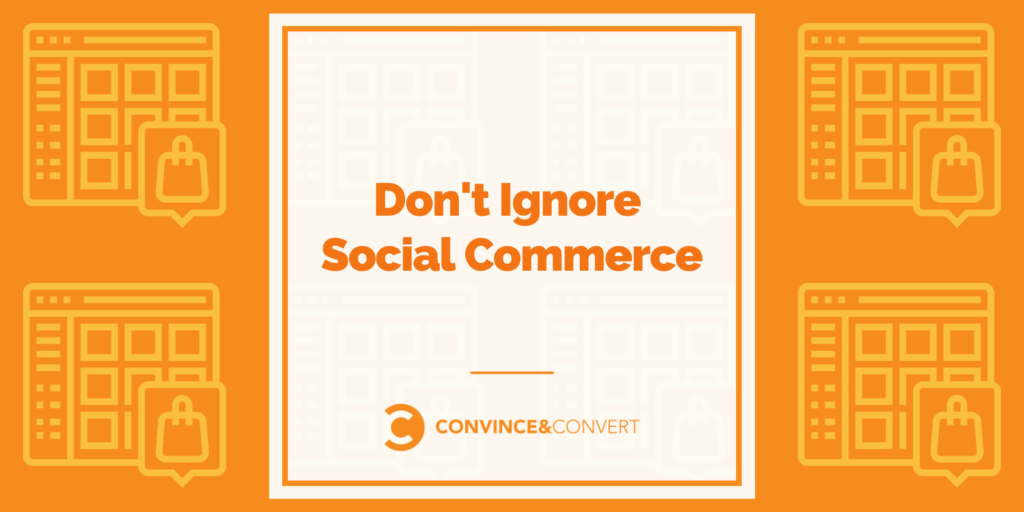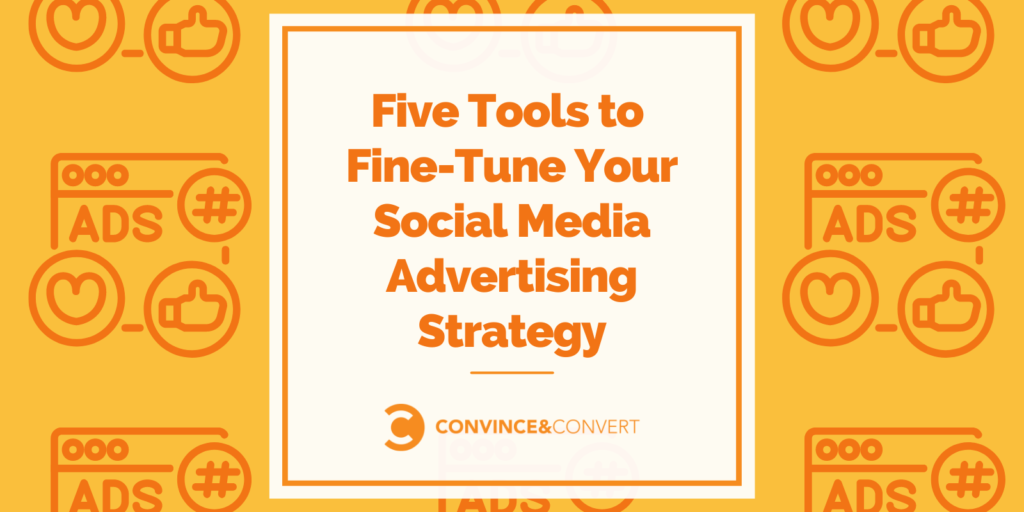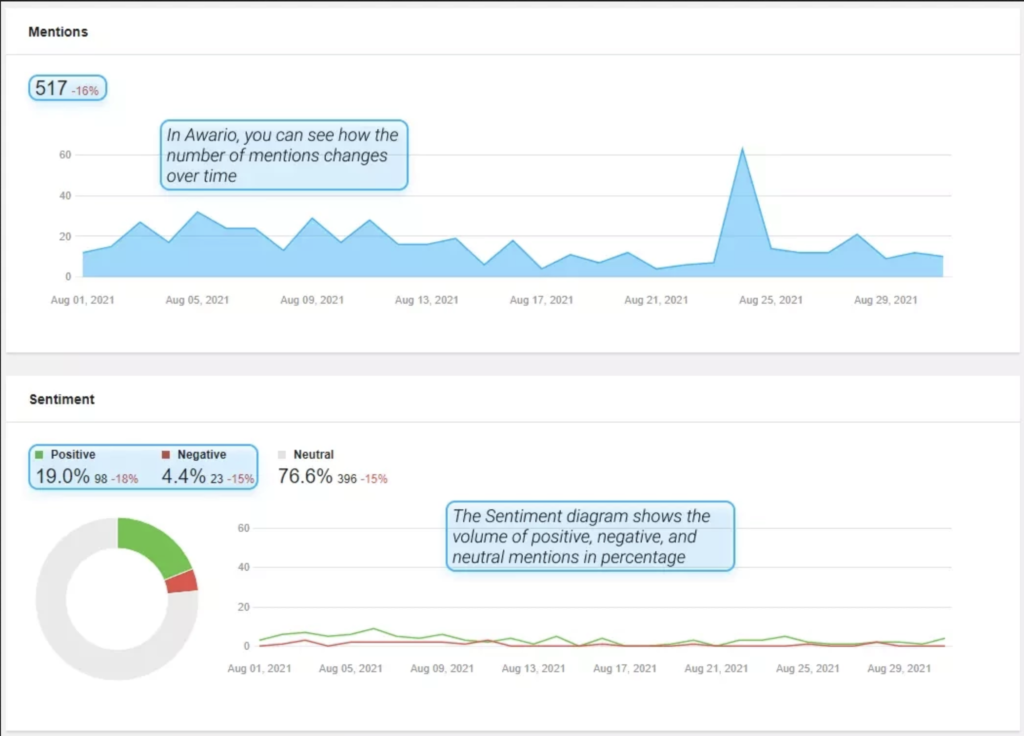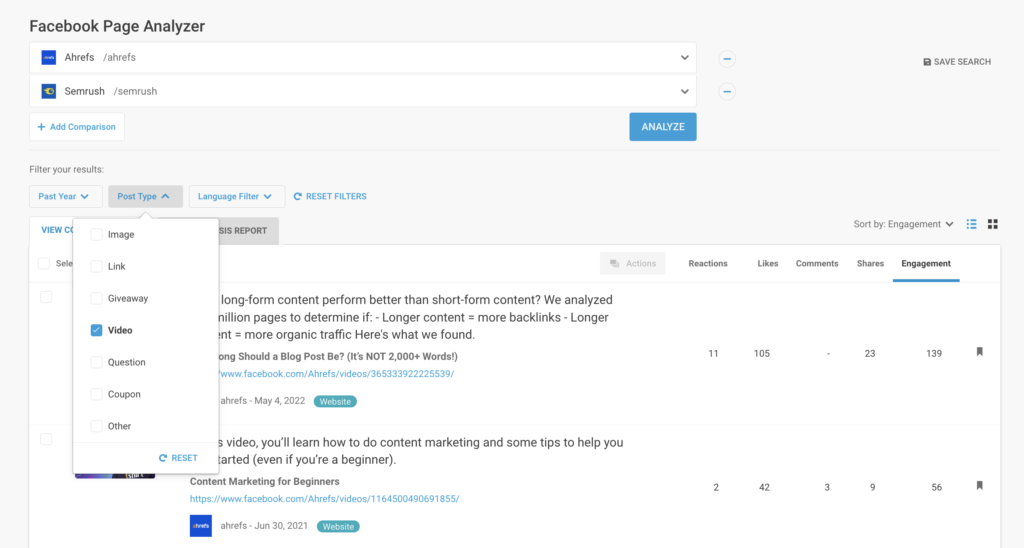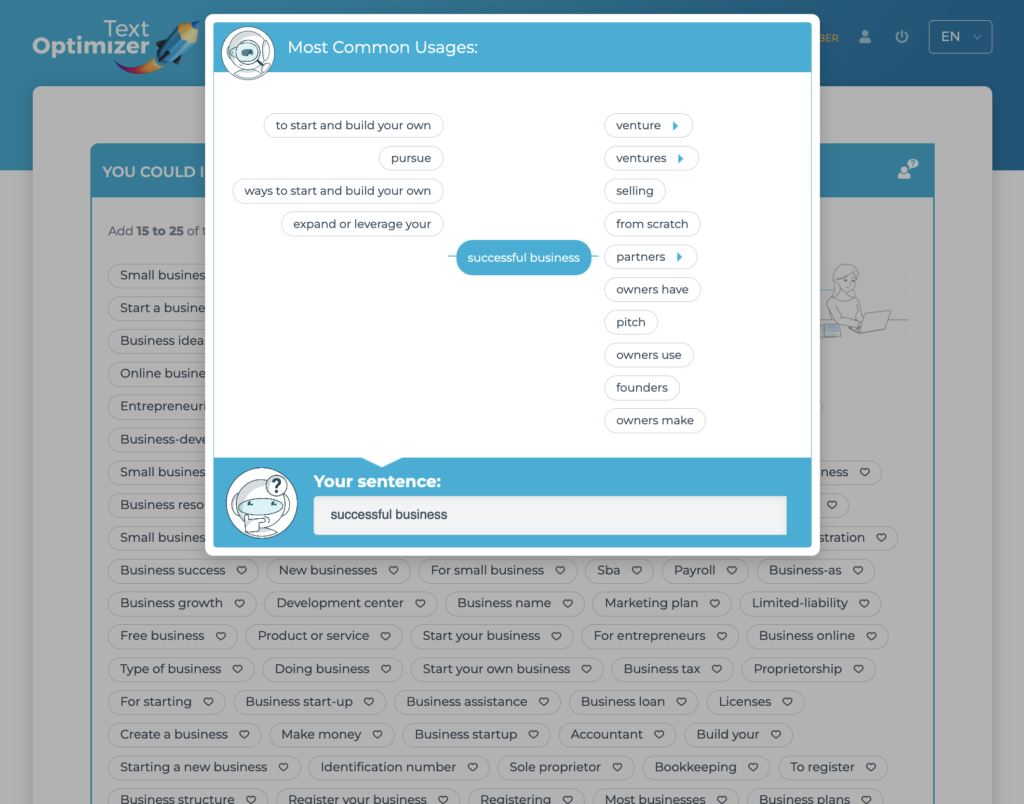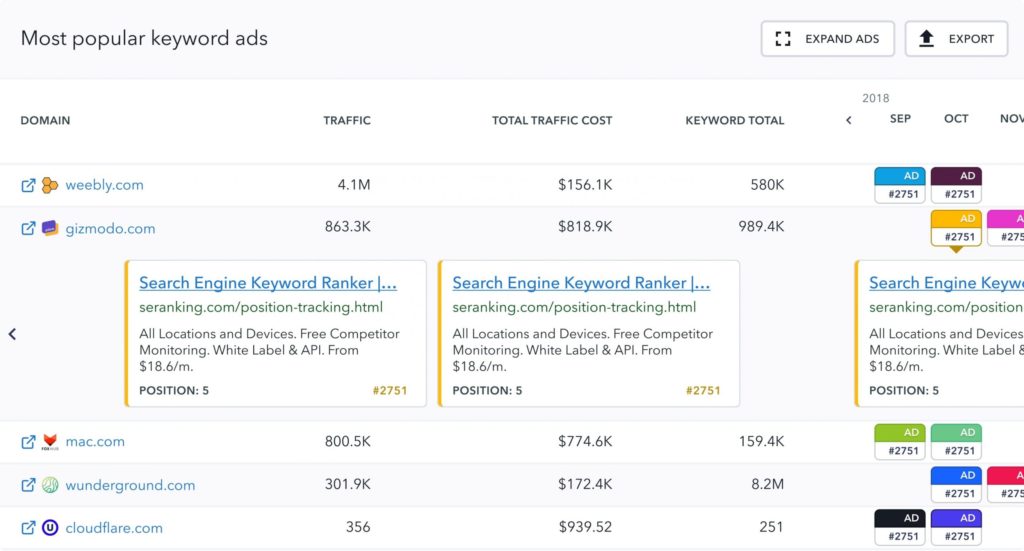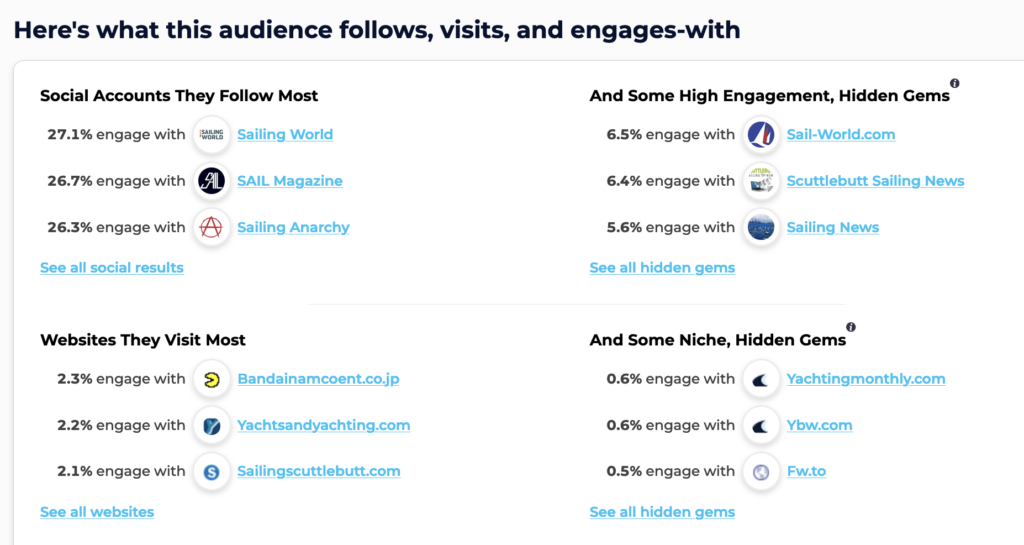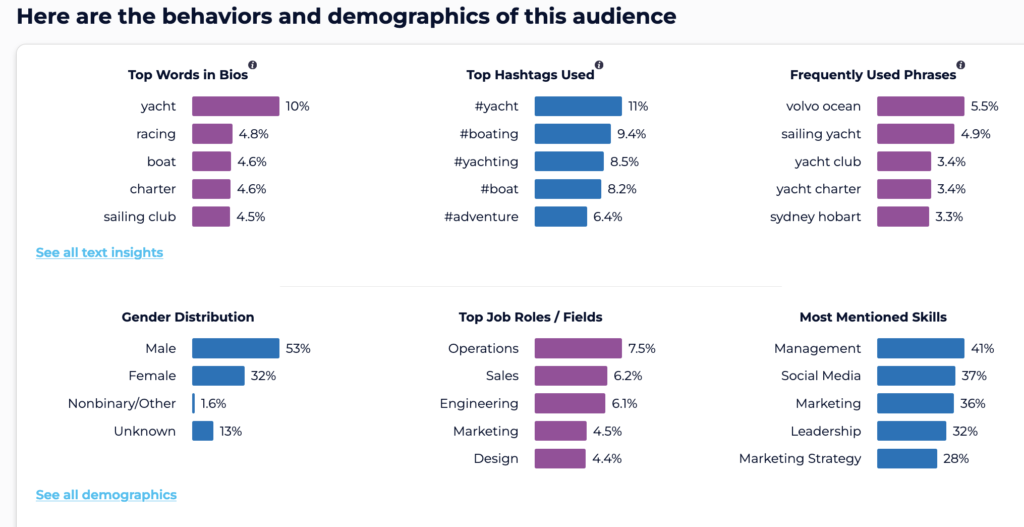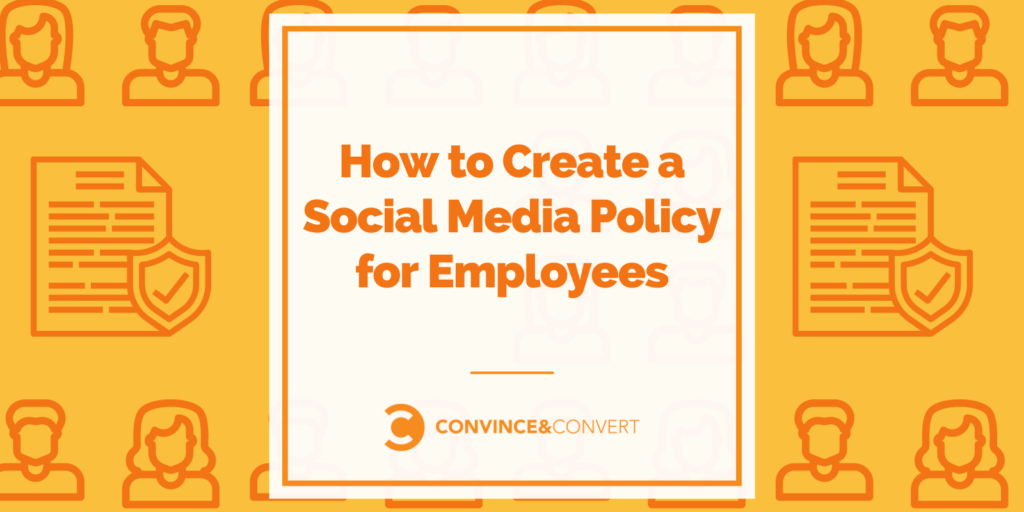
You can tell how long someone has worked in social media by asking about their biggest mistake. The mis-tweet that was deleted as quickly as it was sent. The time Facebook went live from a phone inside a pocket.
Accidents happen, sure. But as social media enters its second decade of being someone’s job, accidents can become major offenses. Even fireable ones.
No one wants to lose their job because of social media. Employees and employers need to create a social media policy in order to align on the proper ways to use social media on company time. Boundaries and consequences must be defined alongside other company rules, usually in an employee handbook.
What is a social media policy?
A social media policy serves to protect employees as much as it does the company for which they work. It provides employees guidelines for personal social media use in a way that isn’t completely obvious and controlling, but also protects both the employee and employer.
History of Social Media Policies
What originated in the 2000s as “Blog Policy” was essentially a warning about what employees could and shouldn’t blog about or post on an online message board. This quickly evolved into guidelines for “online content” and, specifically, social media activity.
Zappos’ quick and simple policy, “Be real and use your best judgment,” may have passed the HR sniff test a decade ago. Today, though, organizations with a few or thousands of employees must define expectations for how to “be real” across a variety of social networks and what “best judgment” means to them.
When HR owns employee policy and the accompanying handbook, it may rely on resident subject matter experts in Communications, Marketing or Digital to assist in creating an employee policy. As you get started, research and read a few similar policies in your industry. This will help you understand how they tackle the inclusion of privacy concerns, legal information and personal responsibility.
Use the social media policy examples below and download our free template to get your employee policy into shape. Remember to review your social media policy with a lawyer before it is formally adopted.
What Should Be in a Social Media Policy
Part 1: Purpose
Begin a social media policy with a statement of purpose as to why the company uses social media and how it approaches this as a communications tool. Keep it succinct and applicable to those who will read it.
Here’s a great example from Brown University. They use three sentences to frame the intro of this social media policy:
“Social media are powerful communication tools. Every Brown-related account plays a crucial, integrated and supportive role in telling the University’s story.
Brown’s Office of University Communications uses social media to engage with a global audience, including current and prospective students, faculty, staff, alumni, parents, external media and local community members.”
Part 2: Definitions
Define “social media” as the company considers it to be. Generally, social media refers to conversations and content shared between one or more people through the Internet, including blogs, wikis, message boards, online forums, chat rooms, and social networking sites and apps.
Identify who in the company can be a resource for employees with questions about professional and personal use, including developing strategy for new accounts.
Part 3: Branding
Explain how to use brand assets (or not) in social media. Consider how existing brand standards for logo use and colors can be extended for use on social media. Will the company provide compatible versions of the logo and branding assets to fit social media profiles? Are there naming conventions for a company-related account, either for a division, product/service or individual?
Here’s how Tufts University handles this:
Use of the Tufts Name
“In addition to meeting the requirements set forth in the Guidelines on the use of Tufts’ names and insignias, there are unique challenges associated with using the Tufts name in social media, such as the potential need to abbreviate a program or entity name for a Twitter account.
-
Use of the Tufts seal or wordmark as a profile photo on Facebook, Twitter, or other social media account is not allowed.
-
Be as clear as possible when naming your social media accounts, while keeping in mind character limits. Avoid using acronyms that may not be universally recognized.”
Part 4: Distinguish How Social Media is Used
When employees post on their personal social media accounts, they are doing so as an individual and not necessarily as an employee. Employers must respect this and can encourage employees to present the best version of themselves online.
Employees are also the company’s first line of advocates and influencers. In most cases, they do not need to have access to the brand account to be amplifying content from the company. In fact, employee advocacy programs are designed to encourage employees to amplify content to their personal networks. This opens up the company, and the employee, to the additional risk that should be identified and explained in the policy.
Employees who contribute to branded company accounts should have another set of guidelines that are more closely tied to their job responsibilities.
Part 5: Do Not Act as a Spokesperson
Individual employees do not speak for the company on personal social media accounts.
Here’s a great example from Wal-Mart:
“Remember that we have a dedicated team tasked with responding to customer inquiries or criticism. Our official Walmart social team is responsible for engaging customers through our page. To avoid confusion, we ask that you not attempt to respond to customer inquiries or comments directed specifically to the Company or asking for an official Company response on this site.”
Part 6: Own Your Opinion
Employees have sole responsibility for what is posted to their social media accounts and profiles. Social media communications are public record and can be discovered and shared.
In this example from Adidas, they stress that “the internet never forgets.”
“You are personally responsible for the content you publish on blogs, wikis or any other form of user-generated media. Please remember that the internet never forgets. This means everything you publish will be visible to the world for a very, very long time. Common sense is a huge factor here. If you are about to publish something that makes you even the slightest bit uncomfortable, review.”
Part 7: Disclosure
Disclose your work and employer when it is pertinent — like sharing a link to the company website or engaging in an online conversation about the company.
Let’s take a look at the social media policy example from Tufts again:
“For transparency, employees who use personal social media channels to talk about work or Tufts-related matters are asked to disclose their affiliation with Tufts. Employees may consider adding a disclaimer to their social media accounts stating that their thoughts are their own. For instance, on Twitter, users can use the “Bio” field to note that the views and thoughts expressed are their own and do not reflect the views of Tufts.”
Part 8: Watch the Words
Refrain from vulgar and obscene language about the company and co-workers.
Here’s how the National Labor Relations Board handles this:
“Such activity is not protected if you say things about your employer that are egregiously offensive or knowingly and deliberately false, or if you publicly disparage your employer’s products or services without relating your complaints to any labor controversy.”
Part 9: Confidentiality & Privacy
Employees generally know to keep confidential information about the company and stakeholders private — but may not know exactly what information applies to this rule. It’s helpful to pre-identify the types of confidential and private information about the company that should not be shared online at any time.
Here’s how IBM’s Social Computing Guidelines handles confidentiality and privacy:
“5. Respect copyright, fair use and financial disclosure laws.
Don’t provide IBM’s or another’s confidential or other proprietary information. Ask permission to publish or report on conversations that are meant to be private or internal to IBM.
Don’t cite or reference clients, partners or suppliers without their approval. When you do make a reference, where possible link back to the source.”
Part 10: Copyright
Ask employees to respect copyright laws and include proper attributions when necessary.
Part 11: Consequence
Identify the consequences of not following the policy, including termination. Take note, the National Labor Relations Board has ruled that using social media can be a form of “protected concerted” activity — though this doesn’t hold up for individual griping on a social media post or video.
“Inappropriate postings that may include discriminatory remarks, harassment, and threats of violence or similar inappropriate or unlawful conduct will not be tolerated and may subject you to disciplinary action up to and including termination.”
The Legality of Employee Policies
No two social media policies are created equally. There are legal boundaries for how restrictive they can be. Some organizations pay more attention to what not to do, while others are helpful in framing guidelines in a way that helps employees better understand how to use social media personally and professionally.
Employee policies are subject to review by the National Labor Relation’s Board (NLRB). Over the past 10 years, the NLRB has made decisions and issued guidance on specific employee handbook rules. In 2018, a decision was issued in response to The Boeing Company that redefined some rules as presumptively lawful and unlawful.
Blanket rules, or those that are all-encompassing for employees without regard to specific situations, are the rules deemed mostly unlawful by the NLRB.
When writing an employee handbook policy, it’s best to be aware to avoid the following:
- Blanket rules prohibiting employees from making disparaging or negative remarks about the company;
- Blanket rules prohibiting employees from criticizing the employer;
- Blanket rules prohibiting employees from making false or inaccurate statements;
- Blanket rules providing that wages, benefits, or working conditions are confidential or preventing employees from discussing them; and
- Blanket rules prohibiting employees from joining outside organizations.
Set an annual reminder to review and update your social media policy. The policy should be a living document to reflect how quickly the norms of online behavior and activities change.
The post How to Create a Social Media Policy for Employees appeared first on Content Marketing Consulting and Social Media Strategy.

